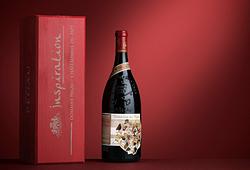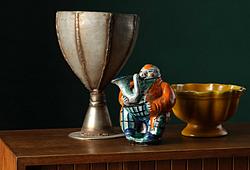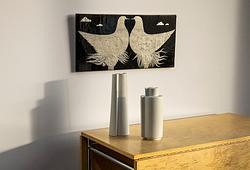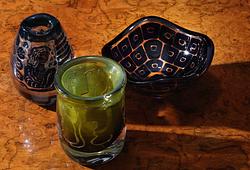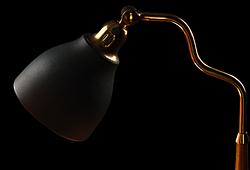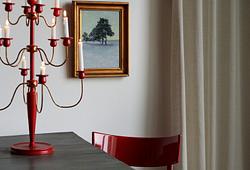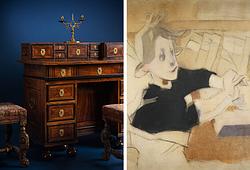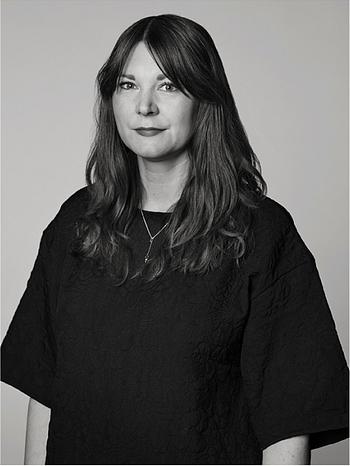Empire
A six piece Empire/Empire style furniture suite, ealty 19th-early 20th Century.
Mahognyfaner. Soffa med klädd och stoppad rygg och resårsits. Längd 215, djup 75, höjd 99, sitthöjd 42 cm. Klaffbord på pelarben på tassfötter, Karl Johan-stil. Längd 91-130, bredd 67, höjd 76 cm. Ett par karmstolar och ett par stolar med peltaformad ryggbrycka, lagerkrans och sabelben. Sitthöjd 47 cm.
Wear. Veneer damages. Later upholstery. Stains. Reinforcements. Repairs. Key missing. Keys missing.
Designer
The Empire style lasted roughly between 1810 and 1840 and is primarily considered an interior design style. The style is characterised splendor and pomp and is sometime known as imperial. The French empire is often associated with Napoleon Bonaparte of France who was highly interested in ancient Rome and its attributes. Egyptian elements with sphinxes, palmettes, eagles, griffins, and masks were common as decorative elements. The most common wood was mahogny and burnished gilding was popular. Chiffonier were popular furniture items during the empire and seated durnitres were dressed in light, bright colours. The 1830-40s is known as the Late Empire and was more bourgeois. In Germany and Austria, the style was known as biedermeier and was identified by furniture with softer lined made out of birch. The Empire style came to Sweden with Jean Baptiste Bernadotte (King Karl XIV Johan) afterwhich was known as "Karl Johan". The Swedish style was lighter and less majestic.
Read more



